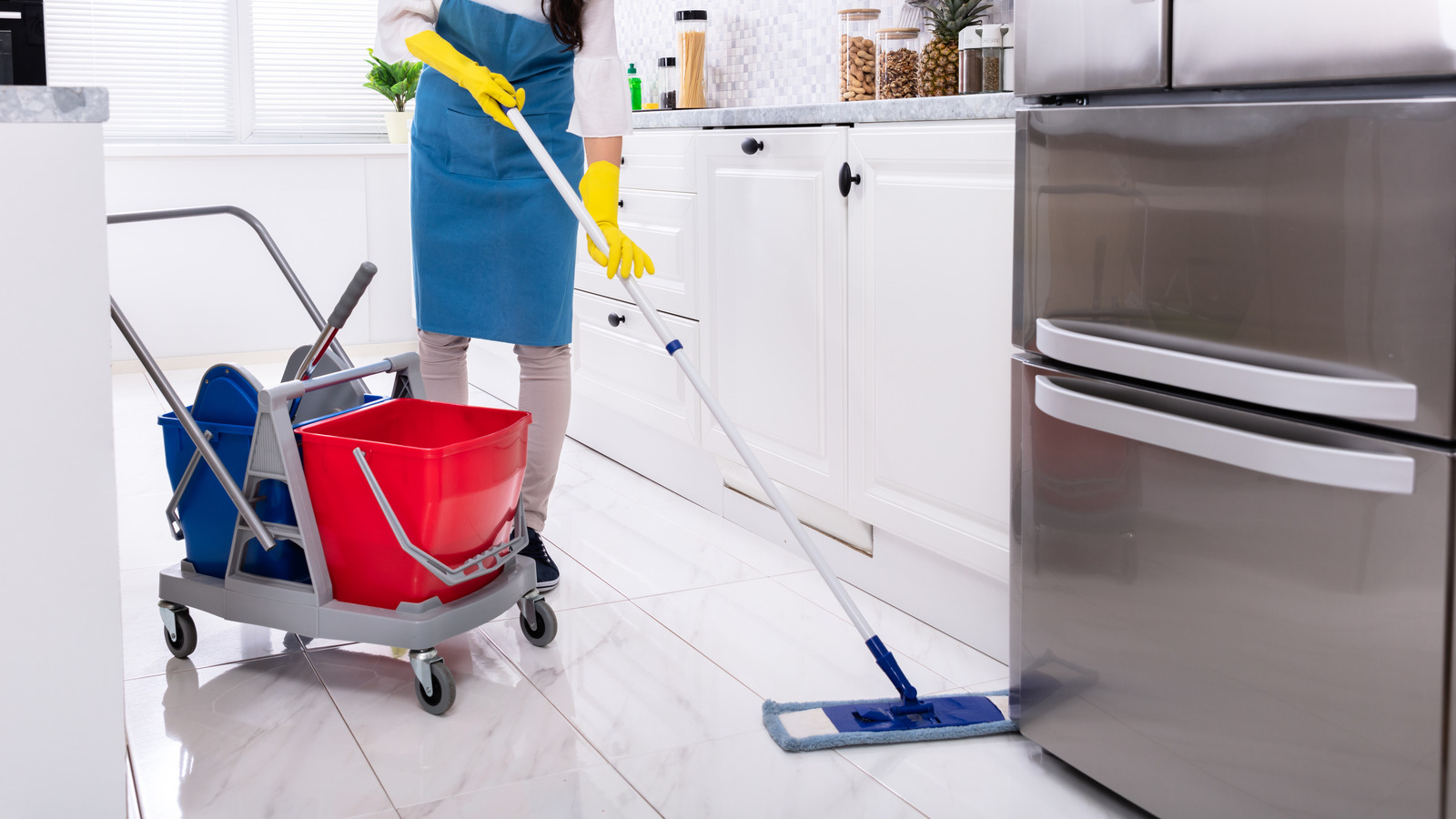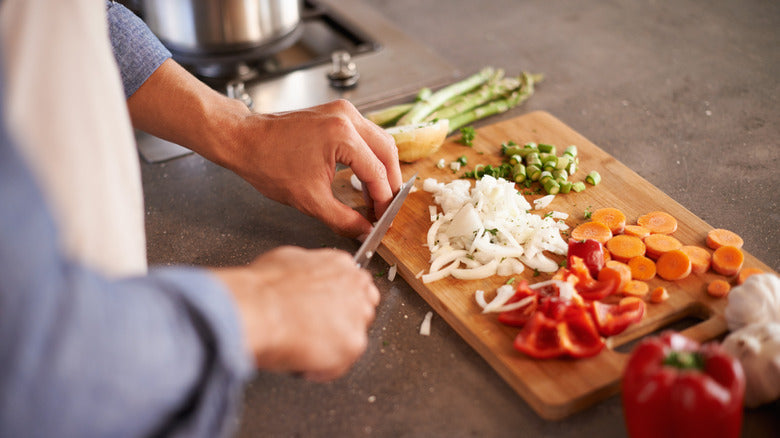For every kitchen professional, **maintaining cooking equipment** is just as crucial as mastering culinary techniques. Among kitchen tools, **cast iron pans** are revered for their ability to endure and improve with age. However, achieving a non-stick surface on cast iron can be a challenge, especially for busy kitchens. In this article, we will discuss how to make cast iron non stick and share essential tips that will help you maintain your cast iron cookware for optimum performance.
Understanding how to create a non-stick *cast iron surface* begins with recognizing the unique properties of this material. Cast iron has excellent heat retention and even cooking surfaces, but it requires proper seasoning and care to ensure the food slides off easily.

The Importance of Seasoning Cast Iron
Seasoning is the process of applying a layer of oil to the surface of the cast iron, followed by heating it to create a **natural non-stick coating**. This coating not only prevents food from sticking but also protects the skillet from rust.
Essential Steps to Season Your Cast Iron
1. **Clean the Pan**: Start by cleaning the cast iron thoroughly. If necessary, scrub with hot water and a stiff brush, avoiding soap as it can strip away the seasoning. You can reference more about cleaning cast iron for better methods.
2. **Dry Completely**: Ensure the pan is completely dried due to cast irons susceptibility to rust. You can dry the pan on low heat for a few minutes. 3. **Apply Oil**: Choose an appropriate cooking oil (like vegetable oil or flaxseed oil) and apply a thin layer over the entire surface of the pan. Too much oil can lead to a **sticky coating** rather than a non-stick one. 4. **Heat the Pan**: Preheat your oven to 450-500F (232-260C). Place the pan upside down in the oven with a baking sheet below to catch any drips. Bake for an hour, then turn off the heat and let it cool inside the oven.Why Regular Maintenance is Key
Regular maintenance after cooking is essential. After each use, its wise to clean your cast iron properly. For a routine method, scrub it with salt and a small amount of oil to remove residue. You can check how to maintain cast iron through this link:
Choosing the Right Oils for Seasoning
Not all oils are created equal when it comes to seasoning cast iron. Oils with high smoke points like canola, grapeseed, and avocado oil are excellent choices because they withstand the heat required for proper seasoning.
Common Mistakes to Avoid
Many kitchen professionals inadvertently make mistakes in seasoning that can lead to poor performance:
1. **Overheating the Pan**: This can lead to smoke and damage the seasoning layer. 2. **Not Using Enough Oil**: Lack of oil prevents the formation of a non-stick surface and can cause food to stick.Avoiding Rust on Cast Iron
The key to keeping your cast iron pans healthy and non-stick is preventing rust. Seasoning creates a protective barrier, but if you notice rust, it requires immediate attention. To remove rust, scrub the affected area with steel wool, wash it, dry it thoroughly, and then re-season it.
For more tips on storing and maintaining your cast iron pans, take a look at this informative article: storing cast iron.
Cooking Techniques for Non-Stick Performance
The way you cook in your cast iron skillet can also affect its non-stick properties. Here are a few techniques: 1. **Preheat Your Pan**: For optimal non-stick performance, always preheat your skillet before adding oil or food. 2. **Use Enough Fat**: Ensure that there's enough cooking oil in the pan; this will significantly reduce sticking. 3. **Dont Rush It**: Allow food to naturally release from the pan. Forcing food can lead to tearing and sticking.

Why Choose Cast Iron?
Cast iron is not only an excellent heat conductor but adds a unique flavor to the dishes you cook. If you want to learn more about the advantages of cast iron, check this link: cast iron benefits.
FAQs
-
Can I season my cast iron skillet on the stovetop?
Yes, but using the oven is more efficient for an even layer. -
How often should I re-season my cast iron?
Ideally, re-season every few months, or when food starts sticking. -
Can I use soap to clean it?
Avoid soap; it removes the seasoning. Use hot water and non-abrasive scrubbers instead.
By implementing these practices consistently, you'll maintain a perfect non-stick surface for your cast iron cookware.
This article contains affiliate links. We may earn a commission at no extra cost to you.






Leave a comment
This site is protected by hCaptcha and the hCaptcha Privacy Policy and Terms of Service apply.